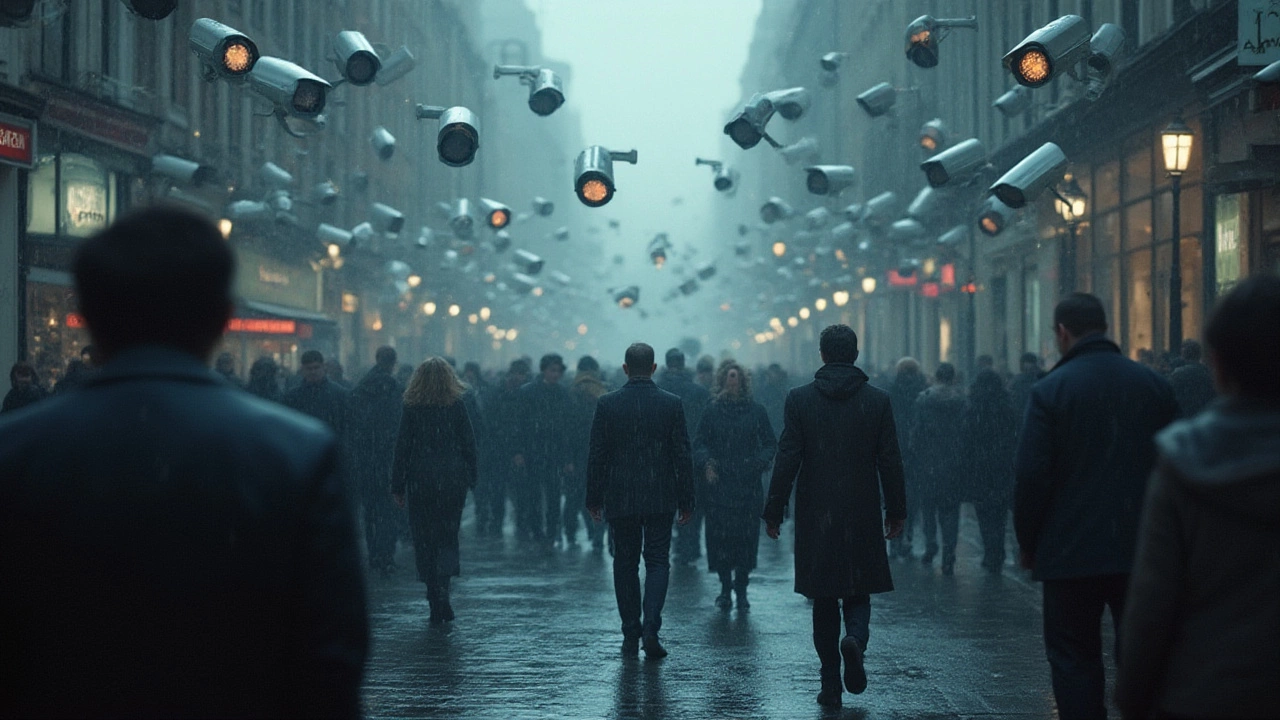Security cameras give you peace of mind, but they can also open the door to privacy headaches and cyber threats. If you’ve ever wondered whether a hidden lens is watching you, or if a power cut could shut down your whole system, you’re not alone. Below we break down the most common risks and give you straight‑forward tips to keep your surveillance safe and legal.
First off, placement matters. Installing a camera aimed at a neighbour’s garden, a neighbour’s bedroom window, or a public street can quickly turn a protective tool into a legal nightmare. Many local councils in the UK have strict rules about where you can point a CCTV lens. Check your local privacy laws before you mount anything above eye level in shared spaces.
Next, think about data storage. Cloud services are convenient, but they also store your footage on third‑party servers. If the provider suffers a breach, your video could end up in the wrong hands. Choosing a service with end‑to‑end encryption or opting for local NAS storage reduces that risk.
Don’t forget about the people in your own house. Pets, kids, and even senior family members can trigger motion sensors and create unnecessary alerts. Some smart doorbells let you set “pet‑friendly” zones to avoid false alarms, a simple tweak that saves you from endless notifications.
Wireless cameras are great for a tidy install, but they rely on Wi‑Fi. Older Wi‑Fi security protocols like WEP or outdated WPA2 can be cracked in minutes, giving hackers a direct line to your live feed. Upgrade to WPA3 wherever possible, and use a strong, unique password for each device.
Power outages are another hidden danger. Many think a battery‑backed camera will keep recording forever, but most batteries only last a few hours. Pair your system with an uninterruptible power supply (UPS) or a solar backup to stay online during a blackout.
Night vision cameras look cool, but they often use infrared LEDs that can be spotted from a distance. A savvy thief might locate the IR glow, pinpoint the camera, and disable it. Consider using a combination of low‑light sensors and motion‑activated floodlights to make tampering harder.
Ring and other video doorbells have their own set of concerns. Hackers have been known to hijack doorbell streams, especially if you keep default passwords. Always enable two‑factor authentication and regularly check for firmware updates.
Finally, keep an eye on your own network. A compromised router can give attackers a backdoor to every device on your home, including cameras. Change the default admin credentials, disable remote management unless you need it, and segment your IoT devices onto a separate VLAN if possible.
By the time you finish reading this, you should feel more confident about where to place cameras, how to store footage safely, and which technical steps stop hackers in their tracks. Implement these simple changes, and your surveillance system will stay a protector—not a risk.

Explore the hidden downsides of CCTV: privacy concerns, high costs, and hidden risks you probably haven't considered.